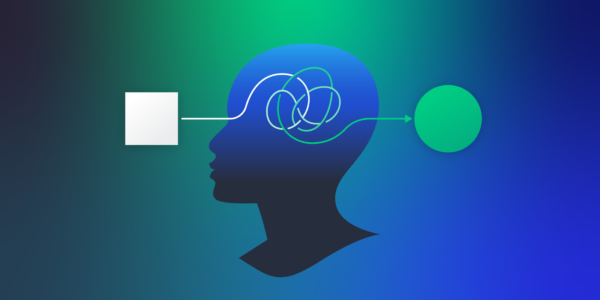
Cognitive bias is a subconscious error in thinking that leads one to misinterpret information from the world around you, and this affects the rationality and accuracy of decisions and outcomes. Bias is a tendency to lean in favor of or against a person, organization, or idea which in most cases tends to be intentional.
Cognitive bias or unconscious bias represents the set of unintentional biases. That is, you are not aware of your attitudes or behavior. This is why these mental errors are detrimental to decision-making. Hence, the need to become aware of these cognitive biases.
In the article, we are going to look at 20 cognitive biases to learn so that we can make better decisions and think clearly.
- Fundamental Attribution Error: We judge others on their personality or fundamental character, but we judge ourselves on the situation and not on our character. Example: Sally is late to class; she is lazy. You are late for class; it was a bad morning.
- Bandwagon Effect: Humans are a social species, this has allowed us to thrive, but it also has a disadvantage. It creates a strong tendency to speak, act, or believe things simply because a lot of other people do. Example: All Sally’s friends own a PS5. Sally does not like playing video games, but she is compelled to buy one to ‘feel among’.
- Naïve Realism: Humans think very highly of themselves. We believe that we observe objective reality and that other people who disagree with us are irrational, uninformed, or biased. Example: “I see the world as it really is – other people are dumb”.
- Anchoring: We rely heavily on the first piece of information introduced when making decisions. Example: “That’s 50% off? It must be a great deal!”
- Confirmation Bias: Humans tend to see and interpret information in a manner that supports previously held beliefs. We tend to find and remember information that confirms our perceptions. This form of bias enters into the research world when researchers selectively interpret data or ignore unfavorable data to produce results that conform to their initial hypothesis.
- Curse of Knowledge: Once we know something, we assume everyone else knows it too. Experts or professionals make the flawed assumption that others have the same background and knowledge on a topic as they do. They are unable to teach or lead effectively for those still coming up the learning curve.
- In-Group Favoritism: We favor people who belong to our in-group as opposed to an out-group. Example: Francis is in your department, so you like Francis more than Sally.
- Spotlight Effect: We overestimate how much people are paying attention to our behavior and appearance. Example: Sally is worried everyone is going to notice how lame her T-shirt is.
- Halo Effect: Generalization from the perception of one outstanding personality trait to an overly favorable evaluation of the whole personality. That is, one trait of a person is used to make an overall judgment of that person or thing. Example: “Taylor could never steal, she’s so cute!”
- Dunning-Kruger Effect: The less you know, the more confident you are. The more you know, the less confident you are.
- Authority Bias: We trust and are more often influenced by the opinions of authority figures. Example: “My teacher told me this was fine”.
- Ikea Effect: Humans ascribe significantly more value to objects that they have created or assembled, irrespective of the final quality of the object. We infuse our self-worth into the object, thereby increasing the value in our minds.
- Stereotyping: To believe unfairly that all people or things with a particular characteristic are the same. We adopt generalized beliefs that members of a group will have certain characteristics, despite not having information about the individual. Example: “That guy with a fancy mustache is a hipster”.
- Automation Bias: We rely on automated systems, sometimes trusting too much in the automated correction of actually correct decisions. Example: Your phone auto-corrects “its” to “it’s” so you assume “it’s” is right.
- Gambler’s Fallacy: We think future possibilities are affected by past events (when they clearly have no impact). Example: “Alice has lost nine-coin tosses in a row, so she’s sure to win the next one!”
- Bystander Effect: The more people are around, the less like we are to help a victim. Example: In a crowd of students, no one 911 when someone got hurt in a fight.
- False Memory: We mistake imagination for real memories. Example: Greg is certain Sally said a funny joke about pineapples when that joke came from a TV show.
- Clustering Illusion: We find patterns and clusters in random data. Example: “That cloud looks like your cat, Alice!”
- Egocentric Bias: In group activities, we tend to overestimate (in comparison to objective measure) the degree and value of our contributions relative to others. Humans tend to have a higher view of one’s self than is objectively warranted.
- Blind Spot Bias: We don’t think we have bias, and we see it in others more than ourselves. Example: “I am not biased!”
HOPEFULLY, THIS ARTICLE HELPS YOU MAKE BETTER DECISIONS THIS YEAR. SHALOM.




